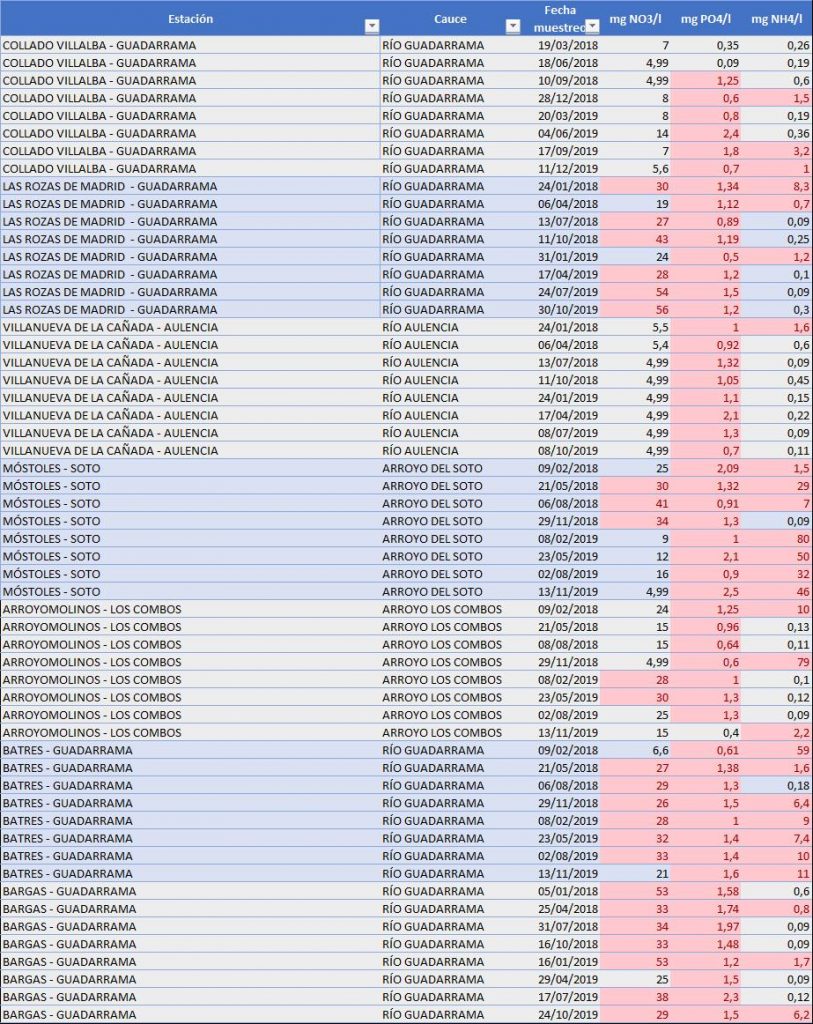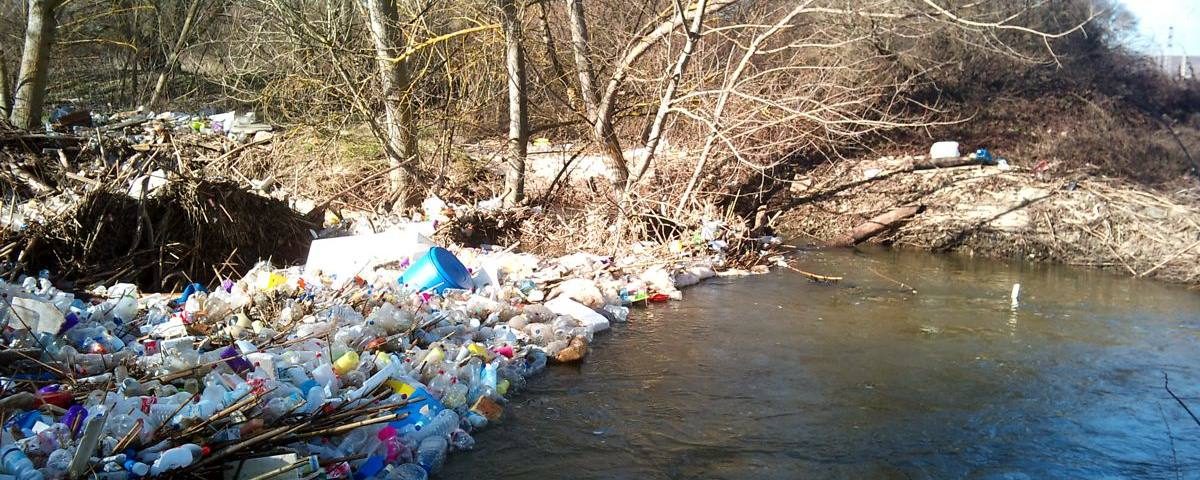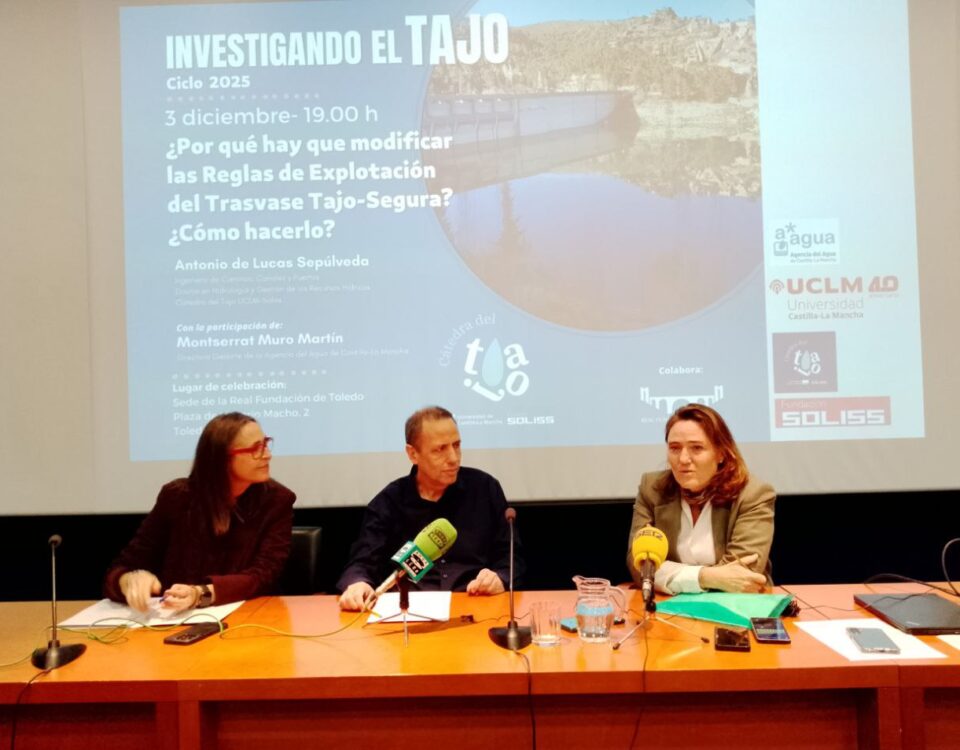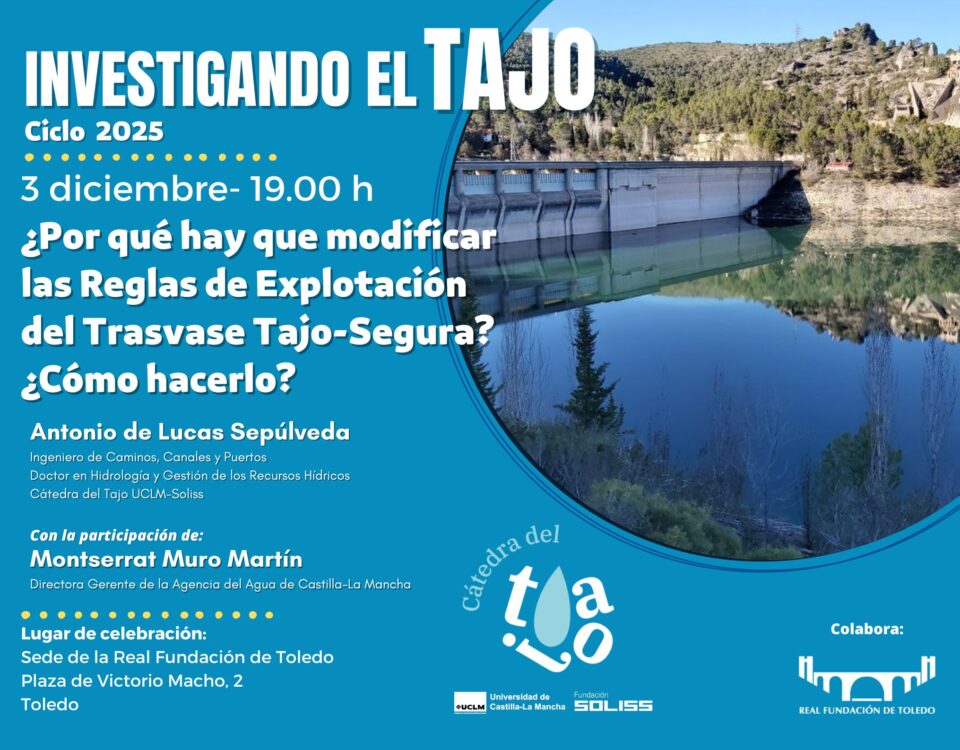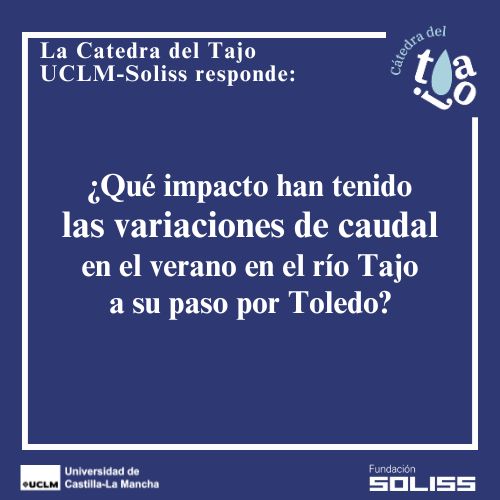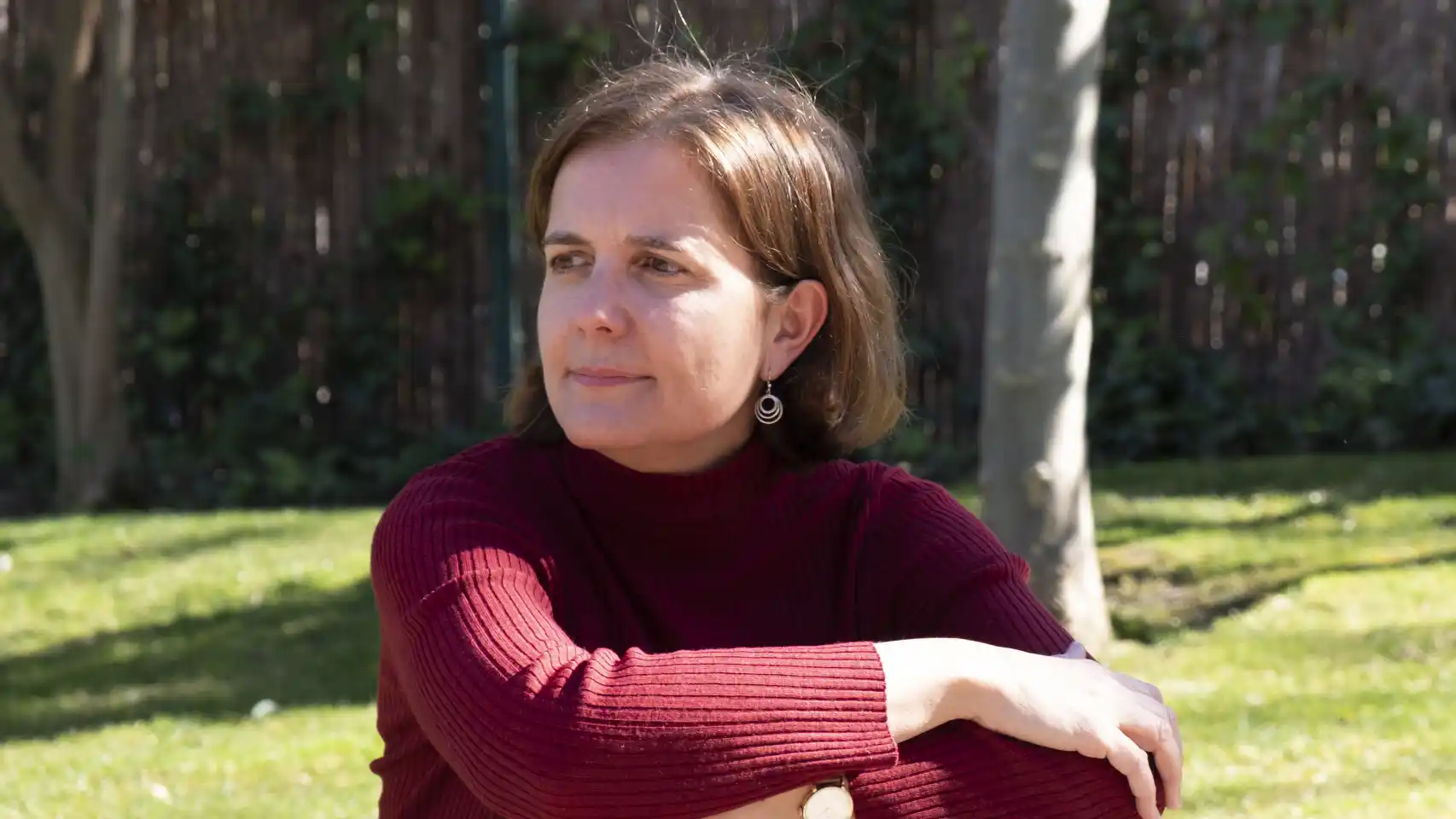
The Tagus Chair Recommends: interview with Nuria Hernández-Mora on ABC-Toledo: "Some politicians should be ashamed of the state of the Tagus River"
18/04/2022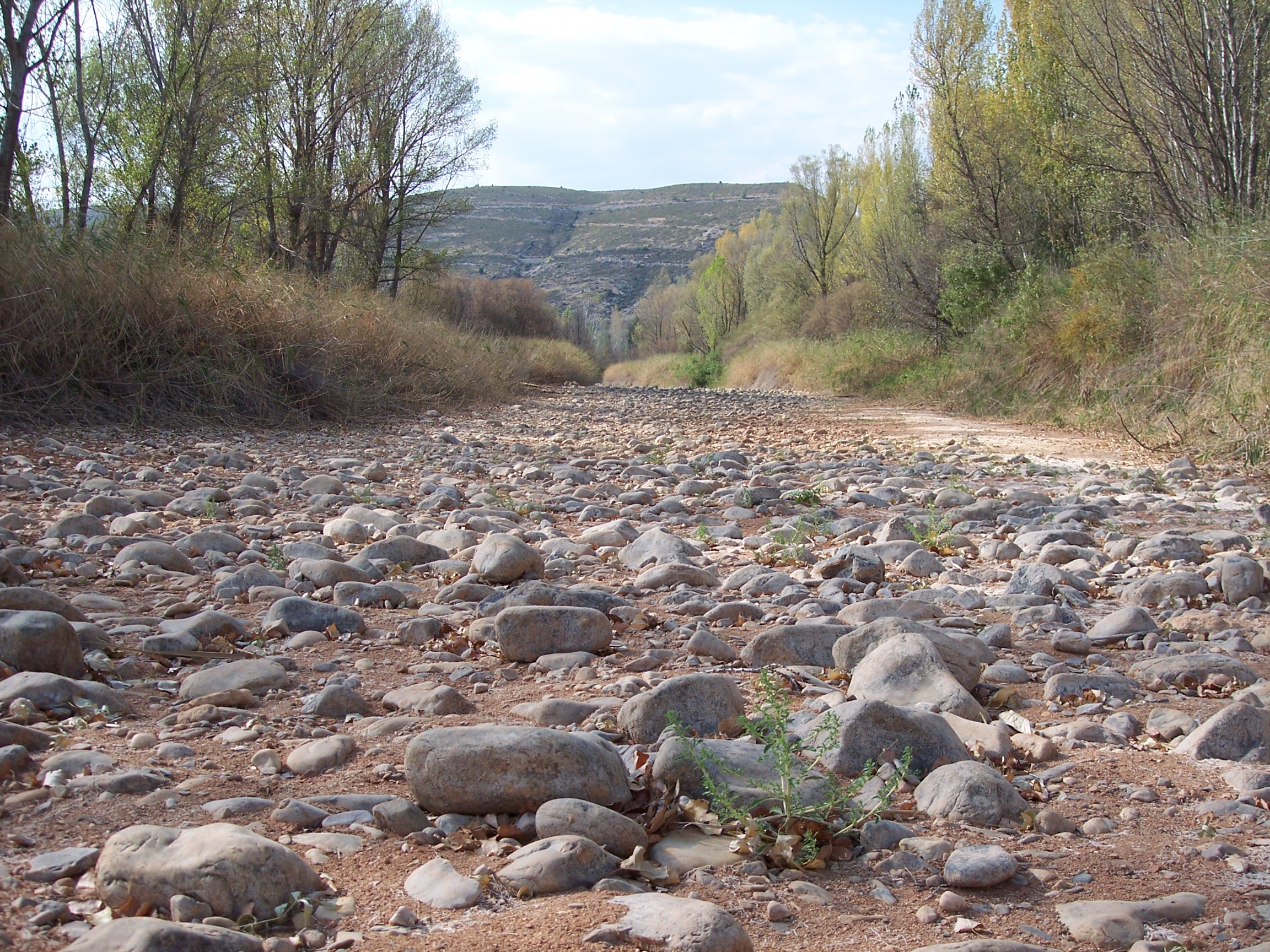
The Tagus Chair responds. No. 3. Ecological flows: What are they and why are they necessary in the Tagus?
02/05/2022- The Tagus Chair UCLM-Soliss participates in the inter-administrative meeting held on April 20 together with the riverside Town Councils, the Tagus Hydrographic Confederation and the Government Subdelegation
- The Guadarrama River has underlying problems, such as water pollution, lack of river dynamics or the development of the objectives of protected areas.
- The Tagus Chair proposes several measures to help solve the problems of the Guadarrama River
The Tagus UCLM-Soliss Chair had the opportunity to participate on April 20 in the meeting, called by the Batres City Council, to find a solution to the environmental and social problems suffered by the Guadarrama River from the M-501 bridge, in the Community of Madrid, until the confluence with the Tagus River in the province of Toledo. The Chair applauds this initiative and encourages all competent administrations to collaborate jointly that allows the Guadarrama River to take advantage of all the means and resources provided by each of them.
The meeting, held at the Batres castle and convened at the initiative of Víctor López, mayor of the town, was attended by representatives of the Town Councils of Móstoles, Arroyomolinos, Villaviciosa de Odón, El Álamo and Carranque, as well as the Tagus Hydrographic Confederation ( CHT) and the Government Subdelegation. The Environment Department of the Community of Madrid, invited to participate due to its powers in urban planning and environmental matters, did not attend.
Both the City Councils, the CHT and the Government Subdelegation expressed the serious problems generated by the occupation of the riverbanks by homes and constructions, causing problems with dumping and accumulation of garbage, as well as the improper use of land in a protected space.
From the UCLM-Soliss Tagus Chair, several additional structural problems suffered by the Guadarrama River were presented and which need to be addressed by all competent administrations.
High concentrations of contaminants
On the one hand, the quality of the waters of the Guadarrama River is far from meeting the objectives set by the legislation. Already from the municipality of Las Rozas, the concentration of nutrients exceeds the limits set to achieve good status. As the UCLM-Soliss Tagus Chair has been able to verify, the situation is getting worse as the river descends its course and receives the discharges from the towns in its path. Thus, the average concentrations of nutrients (nitrates, ammonium and phosphates) at the height of Batres are higher than those found in the Jarama River in Aranjuez. Also striking are the high concentrations of phosphates that have been found along the entire length of the river.
The main point of contamination of the Guadarrama River is located at the confluence with the El Soto stream, the watercourse where the Móstoles treatment plant discharges. Here, the average concentration of contaminants is three times higher in nitrates, almost two times higher in phosphates and thirty times higher in ammonium than the average of the Guadarrama River in the town of Collado-Villalba (at the head of the river). Peaks of more than 80 times the ammonium levels have been measured to achieve the good state of its waters.
Taking into account that the main source of these high concentrations of pollutants is urban wastewater, it would be necessary to delve into measures that increase the purification capacity, as well as control different points of illegal discharges.
Absence of an ecological flow regime
On the other hand, the UCLM-Soliss Tagus Chair points out the absence of river dynamics as another disturbing element of the quality of the Guadarrama River. It is a river with an altered flow regime, in which flow variations are not reproduced, nor are the usual winter-spring floods. The river has almost the same flow throughout the year, very close to the minimum flow in its natural state. Therefore, it would be necessary to rigorously establish an ecological flow regime with all its components in the water masses of the Guadarrama River basin. This ecological flow regime can, additionally, help avoid or reduce illegal settlements in the public hydraulic domain, recovering part of the usurped river space.
Observance of the rules of protected natural spaces
In a third place, taking into account that most of the river is affected by several conservation figures (Regional Park and Natura Network Area 2000), from the UCLM-Soliss Tagus Chair, it is considered necessary observe the legal provisions and guidelines established by European, national and regional regulations to achieve conservation objectives for water bodies, their river habitats and their species linked to the aquatic environment.
The Tagus UCLM-Soliss Chair will continue to make all its knowledge and means available to the administrations involved to, together, help with the environmental recovery of the Guadarrama River. Recovering this environment is also crucial for the well-being of the citizens of the area.
Table: Data on concentrations of nitrates, phosphates and ammonium present in the different control stations of the Guadarrama River basin in 2018 and 2019. In red, concentrations higher than the limit to achieve good status. Source: CEMAS Network of the CHT. Own elaboration.
